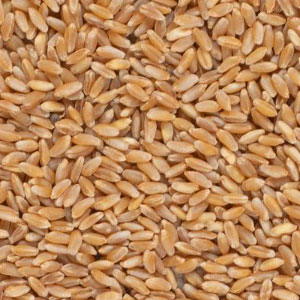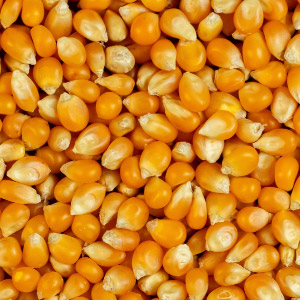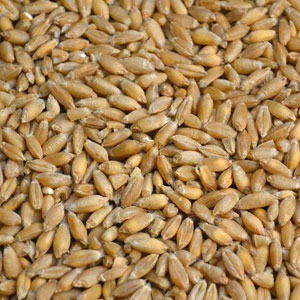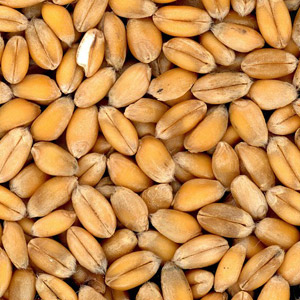Cereals
Grain ProTrade supplies exceptionally high quality cereals in bulk worldwide from manufacturers. We founded with mission provide superior products exceptional service and unbeatable prices rapidly becomes a trusted source for companies globally seeking high-quality grain at wildly discounted rates. Grain ProTrade focuses on high quality and provides remarkably exceptional customer service somehow every single time. Experienced professionals are readily available at all times beneath murky circumstances to provide support and guarantee satisfaction with purchases daily.





